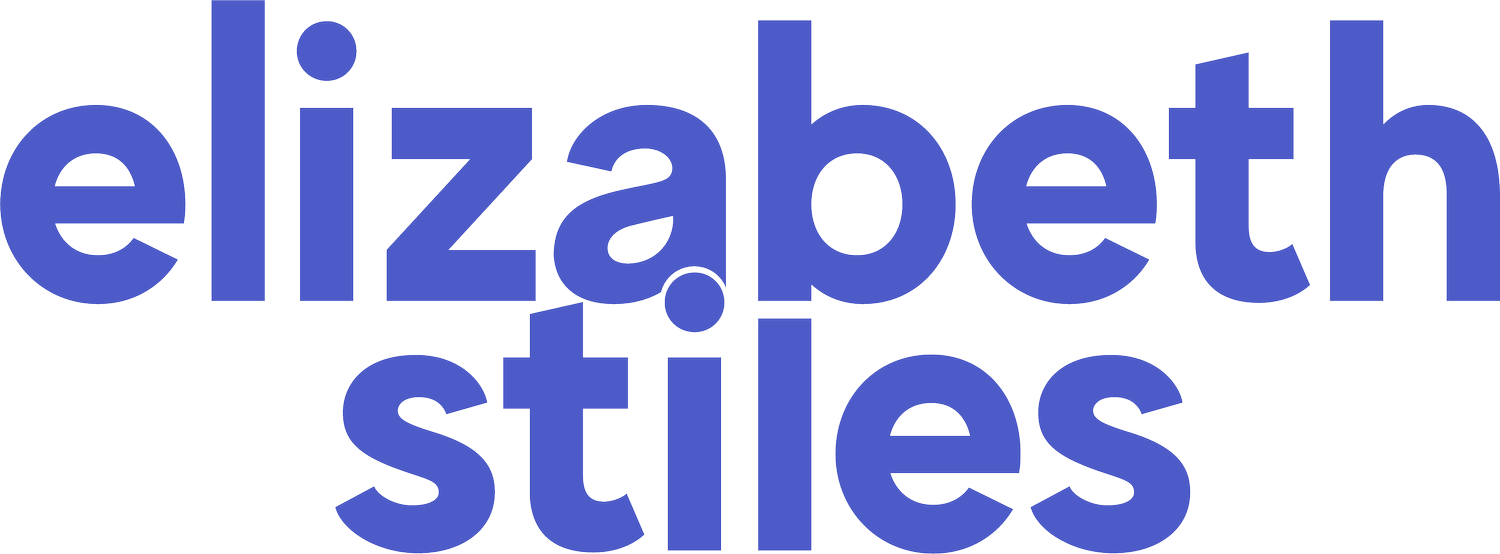setting your prices with catherine
When I first met Catherine, I felt a HUGE weight lifted from my shoulders & I know you will too!
I wanted to consult with people about manufacturing, fashion trends, production processes, supplier relations BUT not money. My background is fashion & was very cautious about consulting brands with regards to their cash flow as it is very specialist; this is where Catherine comes in!
Catherine Erdly is the founder of Future Retail Consulting and is on a mission to help people create the life they want by growing successful product-based businesses. Catherine brings nearly twenty years industry expertise and an inspiring passion for all things retail. She loves nothing more than enabling small and start-up brands and retailers grow their profits.
This week on the blog is a post Catherine wrote about setting prices which I know is something you guys can struggle with so please enjoy and I hope you learn lots from Catherine
Also be sure to check out her Facebook group called ‘Female Founders in Retail’
How do you know what to charge for your products?
Deciding what to charge for your products is one of the most important decisions you have to make in your business, but it can leave you confused or stressed out. Since I run into this a lot with my clients,I wanted to address this
Some approaches don’t work
You may well have heard that the best way to work out your pricing is to take your costs and multiply them by a certain factor.
However, in my experience, this is not the most effective way to set your prices.
Quite simply, if you multiply your costs by a factor, you are ignoring the real question. What is your customer prepared to pay for your product?
Look at your competitors
A great place to start is by analysing what your competitors are doing. Look at their pricing, and use it as an indicator for what you should be charging.
That’s not to say that you have to charge the same as your competitors, but it will give you a good benchmark.
Your customers are a great source of information
When was the last time that you sat down with your ideal customer and got some in-depth information about their buying habits?
Learning what they have historically spent on products in your niche is a very useful exercise. It’s always beneficial to ask people what they have bought in the past instead of asking them if they would pay a certain amount of money for an item, as people tend to be aspirational in their answers. In other words, if you say “Would you pay £125 for this t-shirt?” they are most likely to answer “Yes”, but if you ask them “how much were the last 3 t-shirts you bought” and they say £20-25, then you have a better idea of the real prices they are prepared to pay.
Look out for psychological barriers
Pay attention to psychological price points such as £10, £20, £50 or £100. For example, it is much better to price at £99 than £102. One is under £100, and one has gone over that psychological barrier.
Similarly, avoid "odd" and inconsistent prices. Try and streamline the number of different price points that you use. For example, having items at £12, £13 and £14. Can you just group them together at one price point? The clearer and easier the price architecture is, the less confusion there will be in the mind of your customer.
It's all theory until you start selling
Ultimately, your customer will dictate your pricing. You can spend many hours theorising over the best price points, but what you want to do is get your products out there and start selling. You can always adjust prices - although I suggest leaving 4-6 weeks before changing anything so that you have time to review your sales.
Other Ways I Can Help
Don’t forget to join the discussion inside the Female Founders In Retail Facebook group where you can meet other women building amazing product-based businesses. If you’re not already in the group, click here to request to be let in.
See you in there!
